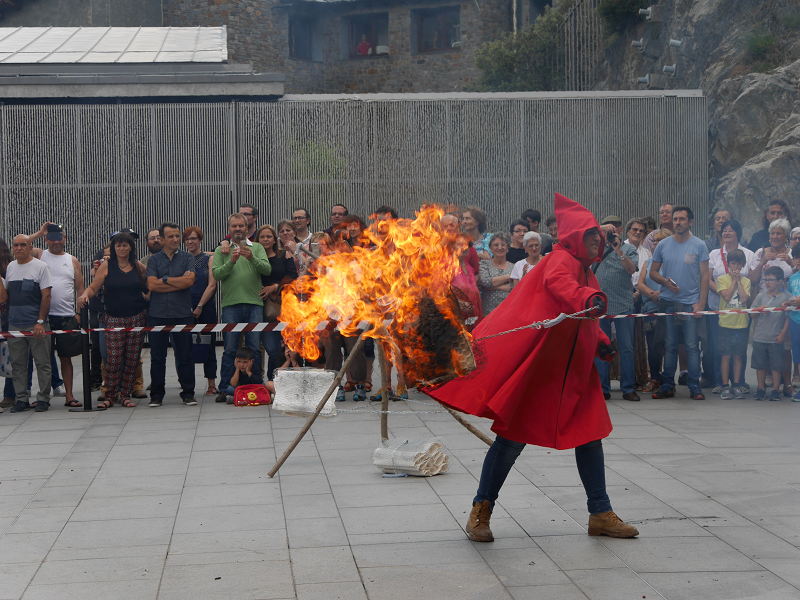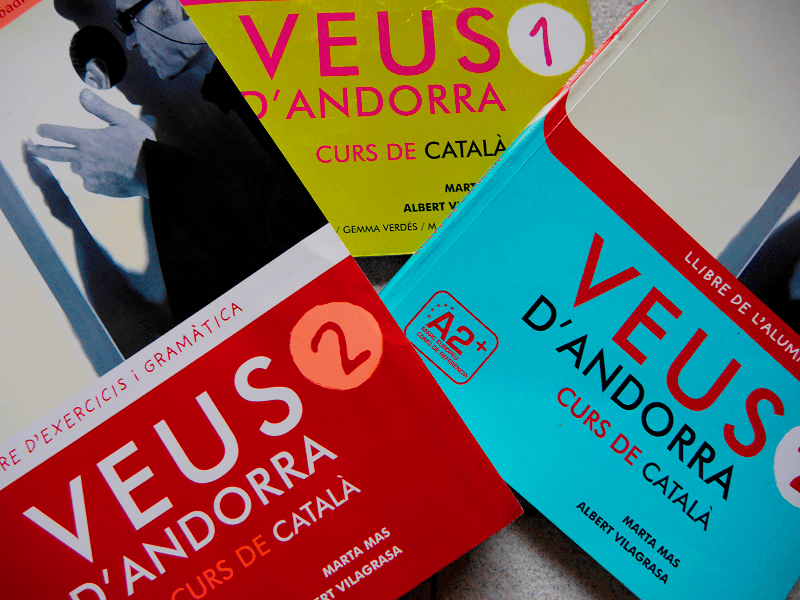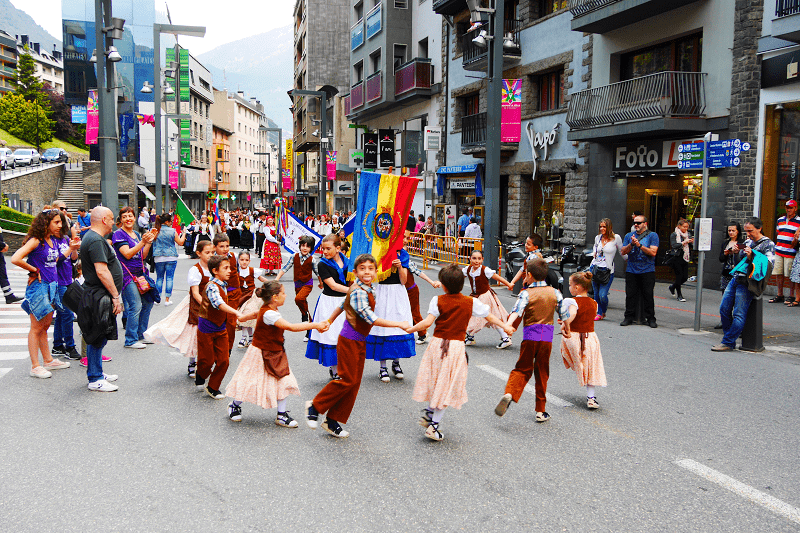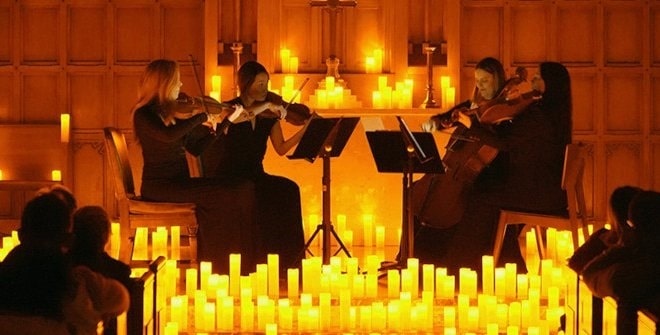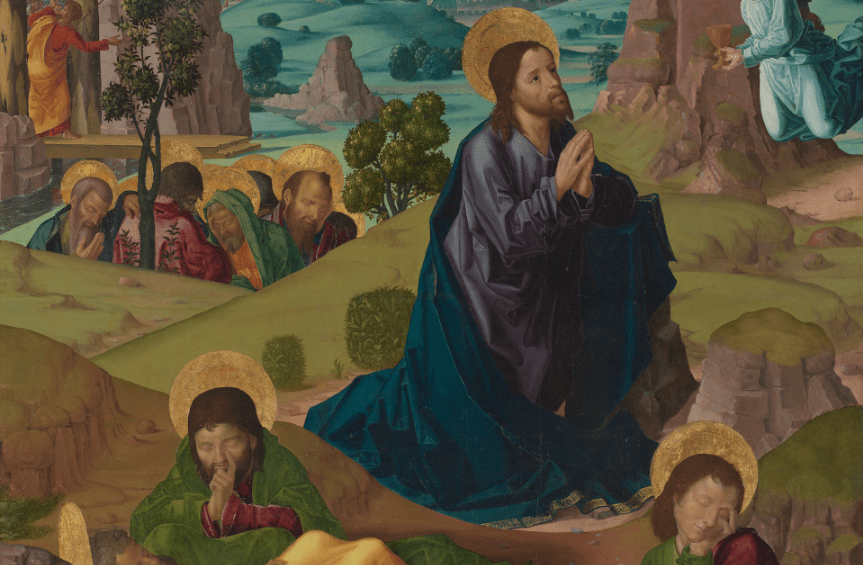42 colourful and “intuitive” gouaches fill the Artalroc exhibition centre
By Mireia Aguilar
Artalroc exhibition centre in Escaldes-Engordany, Andorra (Pyrenees) inaugurated the exhibition “The geometry of colour” of the prodigious and multifaceted American artist, Alexander Calder (1898-1976). There are 42 gouache pictures, and one of his famous “mobiles”, which is a type of kinetic art relying on careful weighting to achieve balance and suspension in the air. He is best known for innovative mobiles with hypnotic movement. In order to include one of these well-known mobiles in the Artalroc, the director of Cultural Action Ivan Sansa said that they had had to use their best rhetoric skills in order to “seduce” the owner of the Omer Tiroche Gallery, London. The collection of Calder at Artalroc is entirely from this gallery, however all the details of how these negotiations were carried out were not given.
Although the Calder exhibition is not the most prestigious exhibition that has been hosted at the Artalroc, it is indisputable that he “is a twentieth century reference”. The Minister of Culture of Andorra Olga Gelabert did not deny this but did not want to put him on a pedestal either, according to the ANA she said “We always bring diverse artists of high quality, with interesting works of art and especially international recognition.”
However, Sansa acknowledged that “Calder is very mediatic”. Therefore this exhibition coincides with the summer season in order to attract more visitors the top area of Escaldes.
This is the title of the chef d’oeuvre that has the central and prominent position in the Artalroc. The height at which it is placed makes it a little difficult to appreciate the figures, since the it is hung very high and it is not possible to see it from below, as the space is closed off . Even so, the opportunity and fascination of seeing one of these mobile sculptures here in Andorra, counteracts this lack of vision. The person in charge of the Artalroc explained about the complexity of transporting the mobiles, since “they are complex pieces, with different weights for balance”. It is perhaps through this type of work that it is easier to see the fact that he studied engineering at university. In particular, The red crescent was created in 1969 and consists of three yellow metal sheets, three black ones, one red and one white. This mobile can remind us of the cosmos, as he explained in his own words “The universe is real but you can not see it, you have to imagine it”.
As of yesterday evening, Calder’s gouaches fill the walls of Artalroc. These are the result of a morning routine that Calder developed throughout his life. This was an “intuitive process”, explained Sansa, “they are gouaches, not drawings, they exist as such and are not preparatory works, although some may seem it [such as the Custom Design for Metaboles series],” clarified Sansa, adding that Calder enjoyed using gouache as a technique because «It covers and dries quickly to give a matte finish, and it gives an opaque coverage».
The colors that are dominant everywhere are black, red, yellow and yellow and the shapes are geometric and take various forms. Occasionally, there are simple anthropomorphic figures with faces painted in stripes that resemble tribal drawings. Sansa emphasizes that the exhibition at Artalroc spans 40 years of Calder’s life and it shows that “his way of painting is very coherent and does not change significantly throughout the course of his life”. On the other hand, Olga Gelabert highlighted that Calder’s gouaches are full of colour and radiate “joy”.
The head of Cultural Events, Ivan Sansa, explained that Calder had been overwhelmed when travelling by boat from the United States to Guatemala. When he was on this journey, he was watching the sun rise one day, and at one particular unique moment he managed to contemplate both the sun and a perfectly circular moon of opposing colors in a clear blue sky.
The gallery Omer Tiroche, collaborator of the exhibition and owner of the pieces, owns the largest collection of Calder after the Calder foundation.The discovery of the Omer Tiroche gallery was made by the Department of Culture, when visiting the Saatchi gallery in London. Four months of frantic negotiations started and culminated in the arrival of this art exhibition of Calder in Andorra.
See also Andorra museums
See also Andorra travel guide
See also Pyrenees travel guide
See also France travel guide
See also Spain travel guide




